Although the advantages of metal 3D printing molds have been well proven and have been proposed many times, their application progress is still slow. On the one hand, it is due to initial concerns about material properties, and on the other hand, it is due to the market's lack of understanding of the specific costs and product life cycle value associated with 3D printing technology, but more importantly, it is lacking expertise in how to apply 3D printing technology and integrate it into factories. In this issue, 3D Science Valley will combine the current situation of molds and metal 3D printing to understand the development trend of metal 3D printing molds.
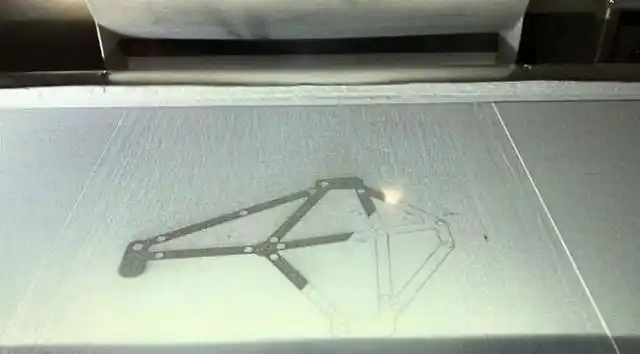
Calculate investment value
Mold manufacturers are often under great pressure from customers to manufacture molds at the lowest price. In addition, although 3D printed mold inserts can bring huge benefits in terms of delivery time, quality and productivity, the manufacturing process usually results in additional manufacturing costs for each 3D printed insert. Therefore, mold manufacturers must accurately calculate the value of the additional investment and prove it to the end customer.

Integration with conventional mold manufacturing processes
The final factor limiting the application of metal 3D printing technology in the mold field is the lack of solutions to seamlessly integrate it into conventional production lines, which is also a key challenge for the application of 3D printing in mold manufacturing.
Because in the field of mold manufacturing, additively manufactured inserts need to undergo post-processing CNC machining to obtain the high surface quality required for the mold, the seamless integration of metal 3D printing technology and traditional processing technology is imperative. In the integrated solution, not only should the software that takes into account all manufacturing stages be included, but also a full set of solutions should be provided to combine multiple elements such as 3D printing equipment, materials, CNC machining, fixtures, and automation solutions to form an effective manufacturing ecosystem, thereby improving operability and reducing costs and complexity.
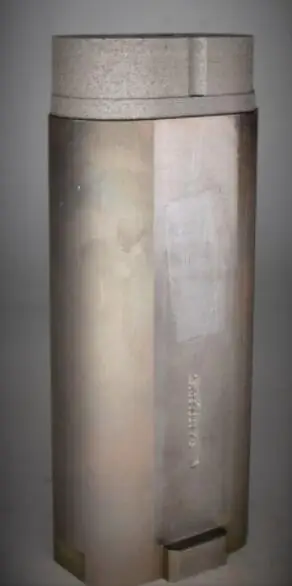
Challenges of 3D printing technology itself
Powder bed-based selective laser melting metal 3D printing technology (LPBF) is often used to process conformal cooling molds, and the surface finish of these molds is critical because they will determine the appearance of the final injection molded parts. Therefore, it is crucial to have a very stable printing process when 3D printing mold inserts to produce high-density parts to achieve a perfect surface finish after post-processing. These are the most challenging requirements of 3D printing technology itself.
Another challenge for mold applications is related to the materials that the additive manufacturing process can handle. Powder bed-based selective laser melting metal 3D printing technology (LPBF) is essentially a welding process. The materials commonly used in molds that reach a hardened state by quenching are not suitable for processing by 3D printing in most cases due to poor welding performance. In 3D printing mold manufacturing, metal materials that are not used for mold manufacturing but can meet the needs of the mold are often used. The most common material is maraging steel.
Metal powder suppliers are researching new materials to meet the specific needs of molds (hardness, corrosion resistance, etc.) while still allowing high-quality 3D printing.
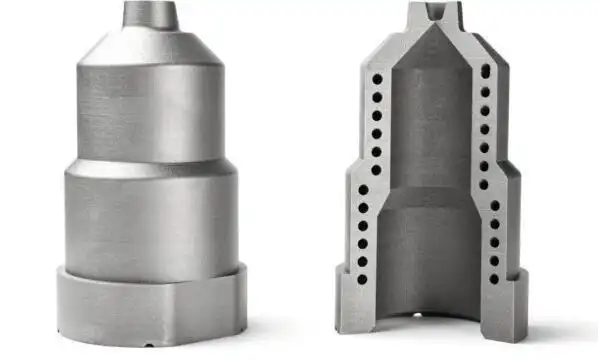
Hybrid molds
While many companies have already benefited from the efficiency improvements of conformal cooling, some innovative "hybrid parts" need to be pioneered from the perspective of economic feasibility, especially for parts that require a large amount of material, because the price of additive manufacturing is essentially related to the amount of material to be printed.
To overcome these challenges and effectively integrate 3D printing into the moldmaking process, manufacturers can optimize the manufacturing economics of these mold inserts by pre-machining a "preform" and then using additive manufacturing to build a part with its additive manufacturing characteristics.
GF Machining Solutions and its partner 3D Systems have developed a unique "hybrid part" manufacturing solution that combines subtractive and additive manufacturing technologies to enable high-precision 3D printing on preform molds in an automated manner.
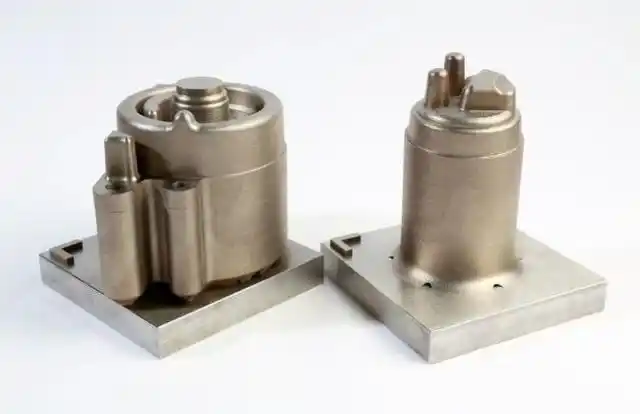
Injection molds
In the past few years, the application and research of metal 3D printing technology in the moldmaking field have focused on the advantages of conformal cooling channel manufacturing. Typical advantages include reducing the injection molding cycle of injection molds, and the optimization of cooling channel design enabled by metal additive manufacturing technology has unlocked the potential to reduce mold cooling time, which has been widely recognized. But this is not the only advantage of 3D printing technology to improve mold cooling performance.
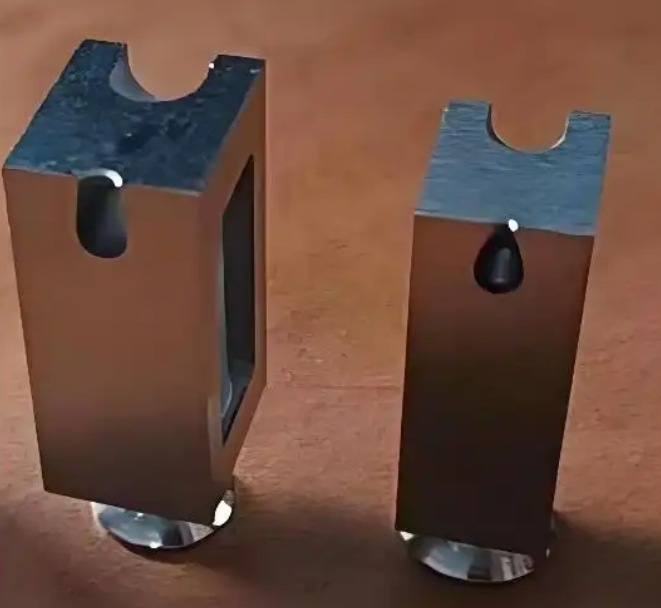
High-pressure die casting molds
While most mold users of metal 3D printing technology are in the field of injection molds, the application of 3D printing conformal cooling technology has attracted the interest of high-pressure die casting companies.
The spraying process in high pressure die casting has two main purposes: lubrication to improve demoulding, and cooling as a spray medium. The development trend in the industry is to try to reduce or eliminate the spraying step, and the use of conformal cooling design is to reduce the need for spraying, extend the life of the mold and maintain the quality of the casting. The surface quality of the casting is related to the surface quality of the mold.